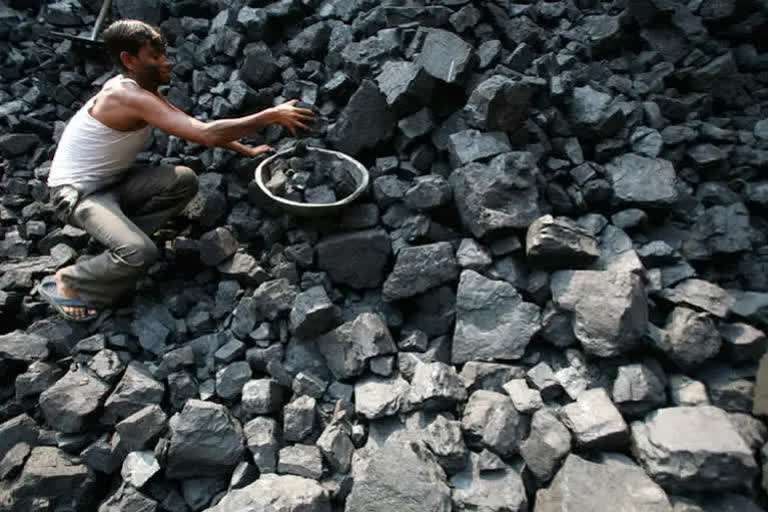Jharkhand: One Bablu Ansari (40) and his 10-year-old son were standing outside their shop at Jharia in Dhanbad district of Jharkhand on May 24, 2017, when the land beneath their feet caved in swallowing them up, along with their shop more than 100 feet below into a raging coal fire. The remains of the father and son were never recovered as the fire continued to rage for several months.
This is just one among the hundreds of similar incidents that the people of Jharia could narrate to the world of Jharkhand the land of underground coal fires. In Jharia, an underground coal fire has been raging for many years, making many of its areas uninhabitable. What is more worrying is that similar fires could be just happening anywhere in Jharkhand as the state is rich with coal deposits.
Also read:People's lives in danger as fire intensifies in Jharkhand coal mine
A cloud of smoke billowing out of the ground in many areas of the state sends people into a frenzy. On June 28, smoke started billowing out of the Airport Road near Raj Bhavan in Dumka of Jharkhand and people knew what that meant. Fire service personnel rushed to the spot and started pumping water into the hole from which the smoke was coming out.
They dug a pit and after four years of efforts, doused the flames underground. It is just a brief respite as people know the smoke of danger could be coming up anytime and what is more worrying is that such incidents were not common in Dumka. The people of Jharkhand are living on top of a virtual volcano, not knowing when the soil under their feet would be swallowed down by underground coal fire.
The land splitting into two at many places, giving people a view of the molten coal blowing at incredibly high temperatures, is common in Jharkhand. There is little government can do to avert such disasters. What the authorities have done is give evacuation notices to villagers in many areas in Jharia after 50 houses were swallowed by the underground coal fire in 2014. People, however, refuse to relocate, leaving their belongings and livestock. They prefer to live on the edge of a volcano that could swallow them up anytime.
